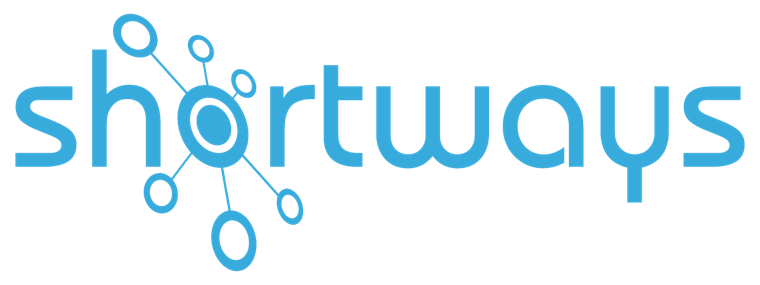To train staff on new digital tools and the associated new usages, a number of important points must be taken into account.
What would be the characteristics of an ideal solution? Here are our suggestions.
1. Mix the training approaches
- The 70/20/10 model: ideally, the solution should cover all employee learning modes: 70% on-the-job experience, 20% collaboration, 10% traditional training. When someone is using a tool, he must be able to find conventional «help» information but also have access to collaborative knowledge and know-how to correctly apply procedures and business rules when he is manipulating data.
- Continuous vocational training: the user reacts only when he is in front of his screen. Cloudbased software and business processes and rules evolve regularly, so we need a solution that not only maintains skills but develops them as well.
- Performance support: by design the digital transformation brings agility and flexibility to companies and their personnel. The arrival of new tools necessitates simple, flexible training and support. End-users must appropriate changes and become efficient rapidly. An Electronic Performance Support System (ePSS) delivers essential business information (guides, learning media, procedures, microlearning videos, etc.) just when it is needed – directly in the actual computer applications.
2. Meet employees’ expectations
- Just-in-Time learning: to make employees efficient in their jobs, imposed training is not the answer. They want instant on-demand information just when they feel the need.
- Collaborative learning: a training and support scheme that allows users to learn from their peers. It is useful, for example, to be able to connect to the enterprise social network directly from an application to take a look at discussions on business issues and to put questions to colleagues.
- Autonomy: employees like to be unfettered and develop their learning and skills when they like and at their own speed. Is it still pertinent to impose attendance of training sessions at a specific time?
- Short, precise format: employees have barely 1% of their time to focus on training, so they need short, precise training modules that meet specific needs. People will rarely watch a video longer than four minutes, so this is another factor to take into account notably when preparing e-learning modules. Today microlearning solutions appear to be the best choice.
3. Adapt the content
- Short and easy to maintain and update: a short format makes content more evolutive since maintenance is easier. Rather than having to update an entire document or recreate an e-learning module from scratch, a short format such as a single microlearning module can be quickly modified to reflect changes in digital tools, usages, procedures, business rules or trainee needs.
- Transversal: employees need a mix of learning content covering information about their application and providing training and business support. In other words, support for digital tool users needs to be transversal. They want pertinent information just at the right moment, but they make no distinction between training, business support and help information on their application. It is primordial to integrate all this knowledge. Content is no longer the prerogative of expert trainers: it must be conceived from the user’s point of view.


